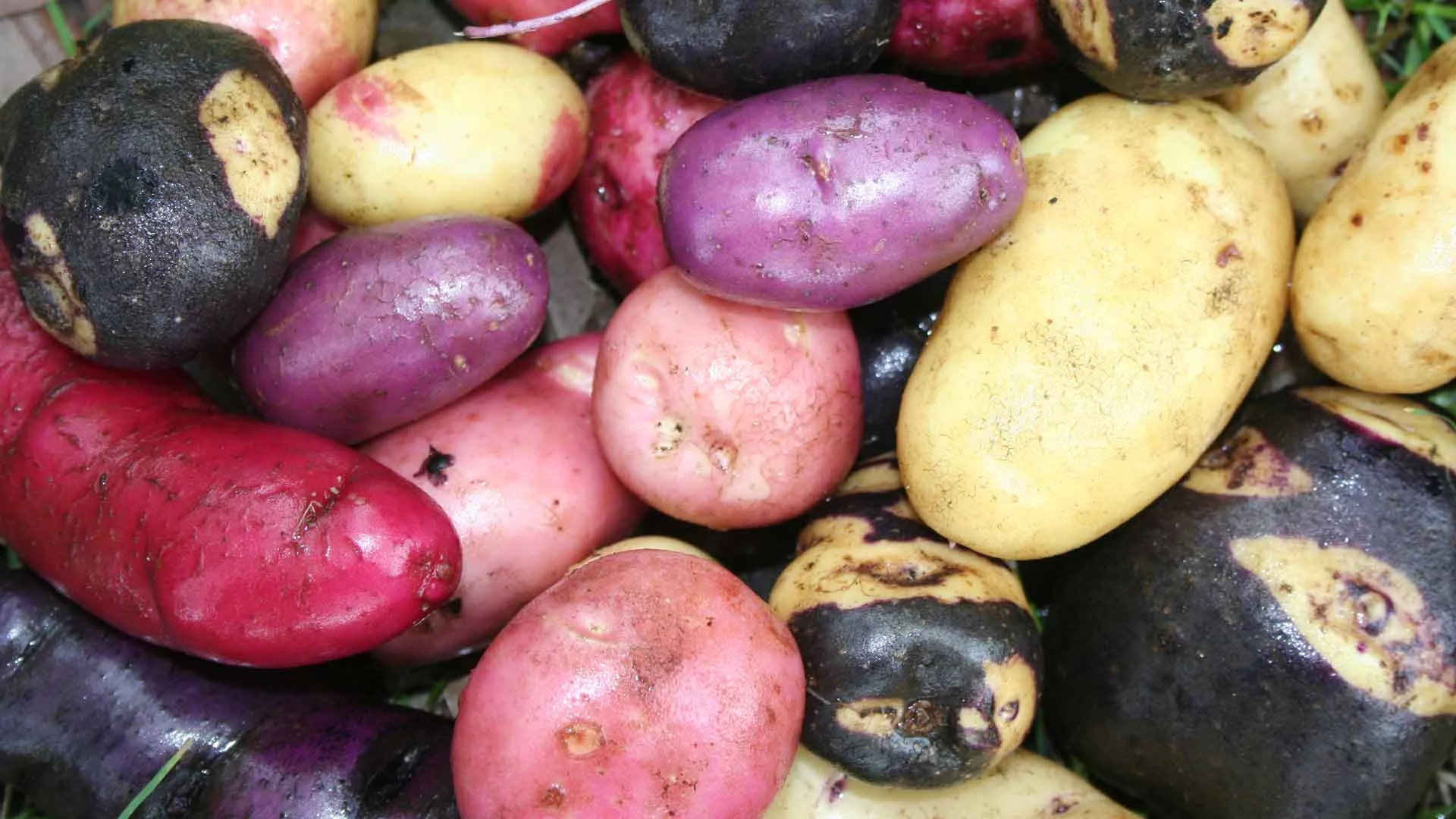
The potato’s travel through ages and continents | Travel News
The history of the potato dates back about 8,000 years in the Andes of South America, where early hunter-gatherer communities began domesticating wild potato plants near Lake Titicaca. Centuries later, in the 16th century, the Spanish brought the potato from Peru to Europe and started cultivating it. From Spain, these tubers were distributed across Europe as exotic gifts to botanists and notable individuals, including the Pope.
The potato soon became a favorite among sailors for its durability on long sea voyages, facilitating its spread globally and leading to large-scale cultivation. Today, the potato is the third most consumed food worldwide and a staple in diets around the globe, primarily because it can be grown on less land compared to other major crops.
For many years, Europe relied on a limited number of potato varieties despite the existence of many different kinds. This lack of genetic diversity made European potatoes highly susceptible to diseases. A notable instance was the late blight disease that devastated potato crops in Ireland, causing the Great Famine of the 1840s.
The Food and Agriculture Organization of the United Nations (FAO) prioritizes preserving the diversity of potato crops to maintain their role in sustainable agriculture and food security. Supporting this effort is the FAO’s Globally Important Agricultural Heritage System (GIAHS) program, which identifies and conserves regions that uphold invaluable farming traditions and sustainable agrifood systems, thereby protecting the biodiversity of essential crops like potatoes.
Table of content
Here are four innovative GIAHS starring potatoes:
Chiloé, Chile: the birthplace of commercial potatoes
Crucial to preserving potato biodiversity is the Archipelago of Chiloé, a designated GIAHS in Chile. DNA evidence reveals that the potato varieties grown worldwide today are closely related to those from Chiloé.
Historically, Indigenous communities in Chiloé cultivated between 800 and 1,000 native potato varieties. However, due to disease and the spread of commercial seeds, this number has dwindled to 91. Rural women play a key role in maintaining this genetic diversity through conservation activities on their farms.
Currently, potatoes are the primary crop grown on the remote islands of Chiloé and are vital for the livelihoods of local communities. The significance of these varieties extends beyond Chiloé, as they are essential to global food security.
The thousands of varieties in the Andes, Peru
In another GIAHS located in the Andes, potatoes grown on the hills are a vital nutritional source for the local population. This cultivation relies on traditional knowledge and sustainable practices handed down by farmers and Indigenous communities. As a result, over 4,000 species of potatoes, including wild varieties, thrive in the Andean region.

Andean agriculture exemplifies farmers' adaptation to their environment, successfully domesticating endemic potato species and cultivating them at altitudes of 3,300 to 3,800 meters. These native crops are primarily consumed locally. Dehydrated potatoes, known as chuño, can be preserved for years and serve as a crucial food source during dry periods.
However, the migration of youth to cities is leading to a significant loss of knowledge and biodiversity. Despite this, the cultural norms and rituals of local Indigenous communities help preserve the agricultural identity of the region, maintaining thousands of potato varieties.

Grown out of sand in Ramli, Tunisia
In Ghar El Melh, a GIAHS site in Tunisia, farmers employ a unique technique called Ramli, which involves growing food on sand.
Ramli crops are cultivated in sandy beds irrigated by freshwater through tidal movements. This delicate system relies on generations of farmers' knowledge and experience to prevent the crops from being inundated by saltwater, which would be fatal.
In the lagoons of Ghar El Melh, potatoes play a central role in local food production and are a vital source of livelihoods for the region's inhabitants due to high market demand.

The white gold of Barroso, Portugal
The mild climate of the Barroso region, a GIAHS site in Portugal, has made it an ideal location for potato cultivation.
Potatoes became the most valuable crop for farmers, earning the nickname "white gold" for the region. This thriving potato production significantly improved living conditions for local families, enabling them to purchase better clothing and upgrade their homes.
Since the 18th century, experts have documented the renowned potatoes of "Tras-os-Montes," highlighting their socio-cultural importance and long-standing heritage. This reputation led to the crop receiving the Protected Geographical Indication, certifying its quality based on its geographical origin.
The potato's extensive journey across different lands and eras has made it essential for global food security and the livelihoods of billions. To honor this, the United Nations designated May 30 as International Day of the Potato. Celebrate by exploring local potato varieties, discovering new cooking methods, and sharing your newfound appreciation for this ubiquitous tuber with friends.
Check Our Suggested Tours:
- The Soul of Two Worlds: A Grand Amazon & Andes Expedition 14d/13n
- Family Adventure Tour
- Peru By Belmond Tour
- Honeymoon In Peru - Peru Honeymoon Packages
- From the Heart of the Jungle to the Sacred Mountain: A Luxury Expedition Through the Amazon & Ausangate 16d/15n
- Following the Path to the Sacred Sun Gate
